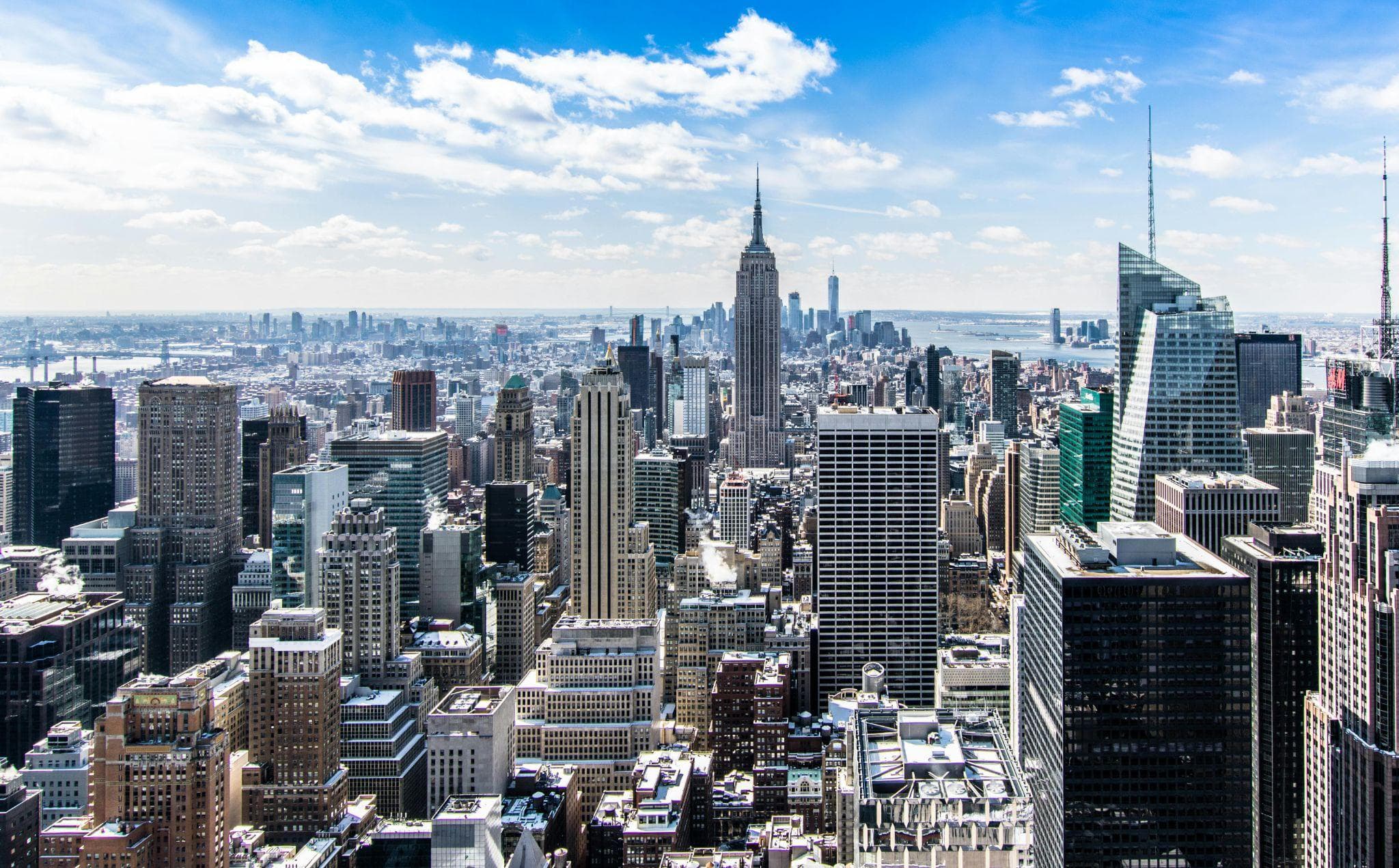
"They exist on opposite ends of the tourism spectrum, almost like the two ends of a metaphor. One is an adrenaline-fueled fantasy, the other a deep, authentic dive into the human experience. But what if we look closer? What if we compare their methods of attraction? It's not simply that they offer different things; it's that they engage with travelers on a fundamentally different level, targeting distinct desires and aspirations."
"Las Vegas doesn't pretend to be anything it's not. It is the ultimate adult playground, a city constructed from the ground up to provide a singular, high-octane experience. Its primary product is not a landmark or a historical event; it's an atmosphere. The air on the Strip crackles with a sense of possibility, a low hum of excitement that promises anything can happen. For the typical Vegas tourist, the goal is not to "see" the city so much as it is to "experience" it."
Las Vegas functions as a desert spectacle built to deliver intense, short-term experiences and sensory excess rather than historical landmarks. The Strip cultivates an atmosphere of possibility where visitors seek escape, spend freely, and lose track of time amid casinos and shows. New York City presents a sprawling urban fabric rooted in culture, history, neighborhoods, and everyday human energy that rewards longer, curiosity-driven exploration. The two cities target different traveler desires and aspirations, effectively offering choices between adrenaline-fueled fantasy and deep cultural immersion.
Read at DyoCit
Unable to calculate read time
Collection
[
|
...
]